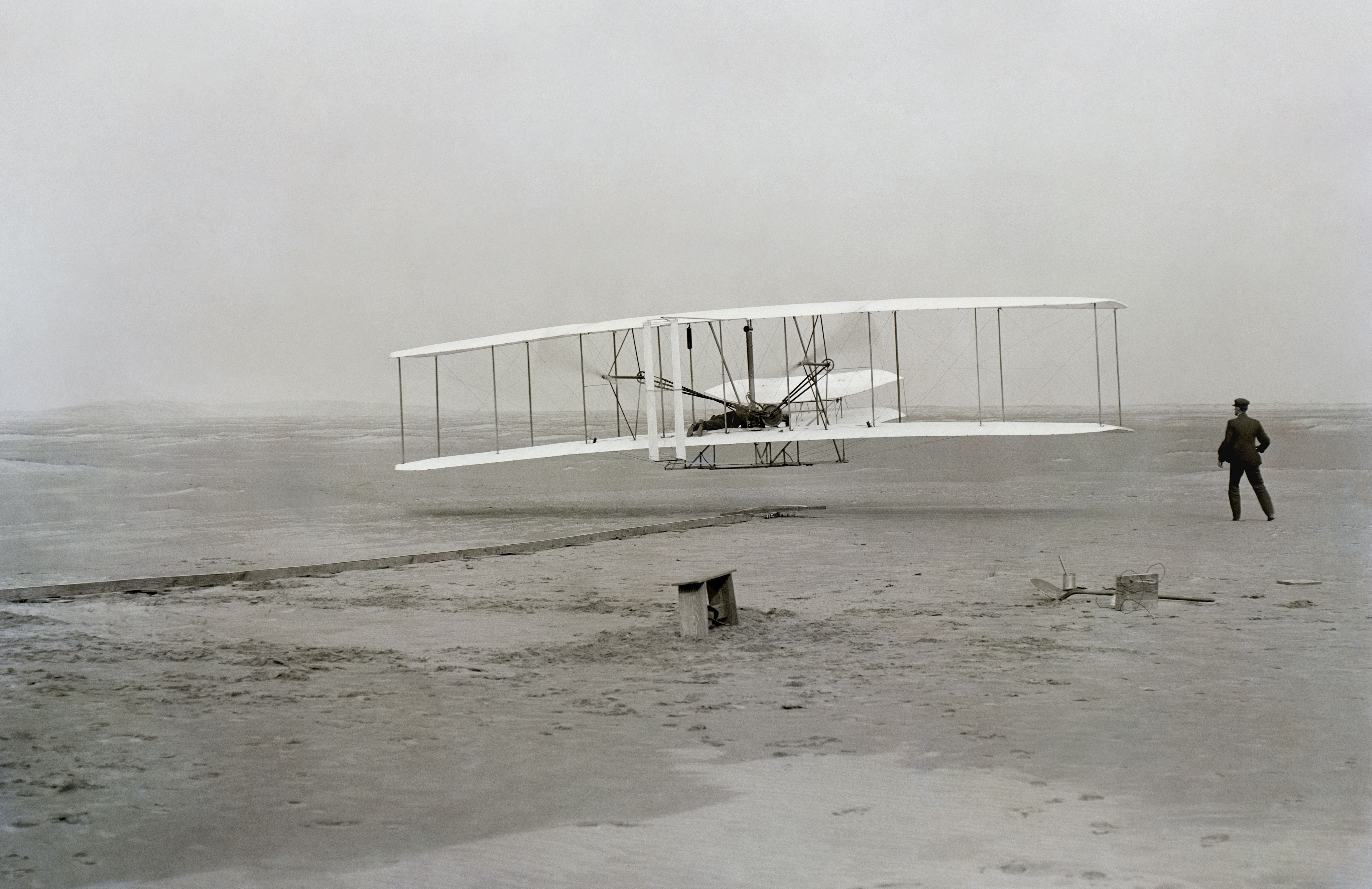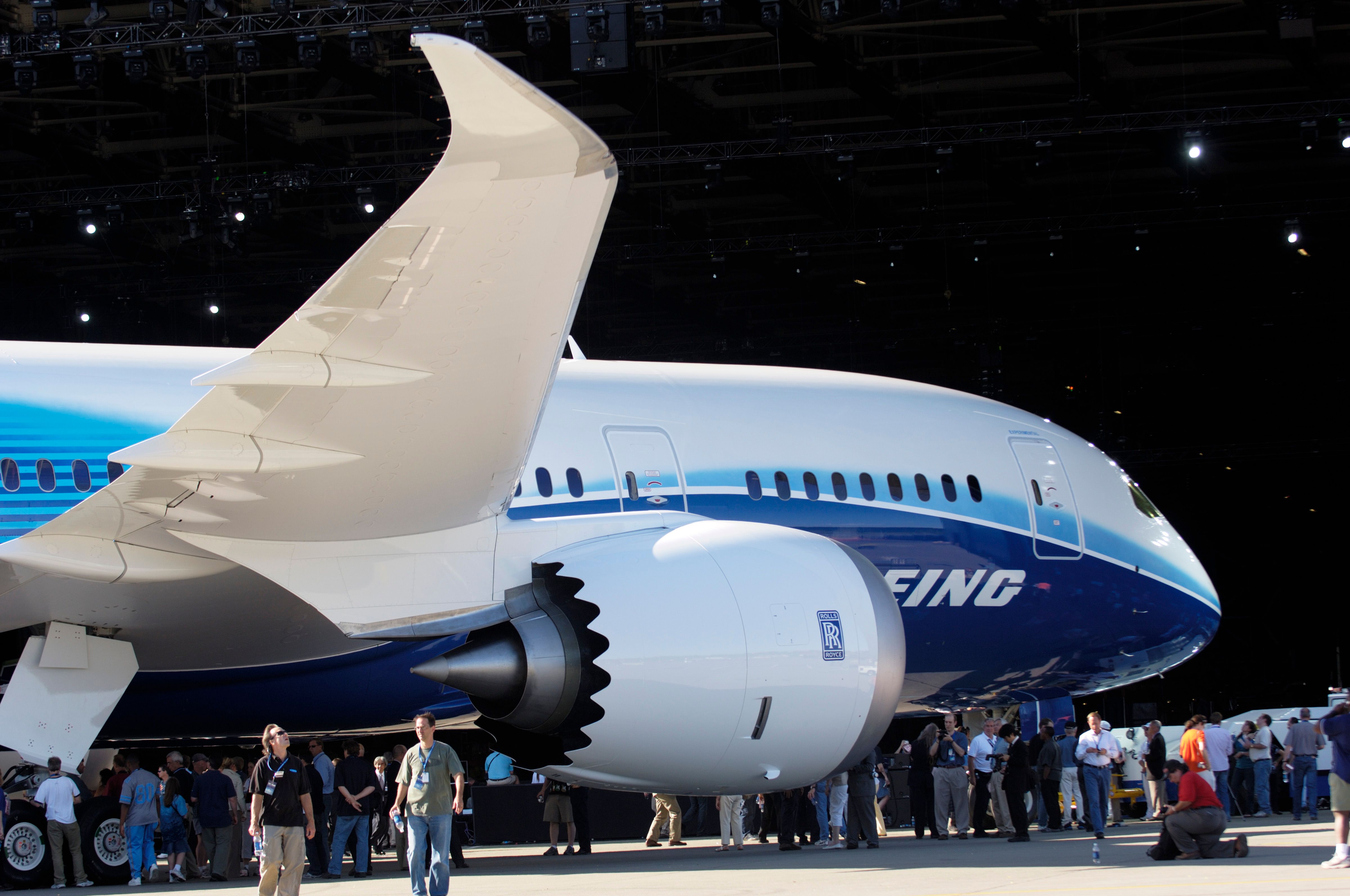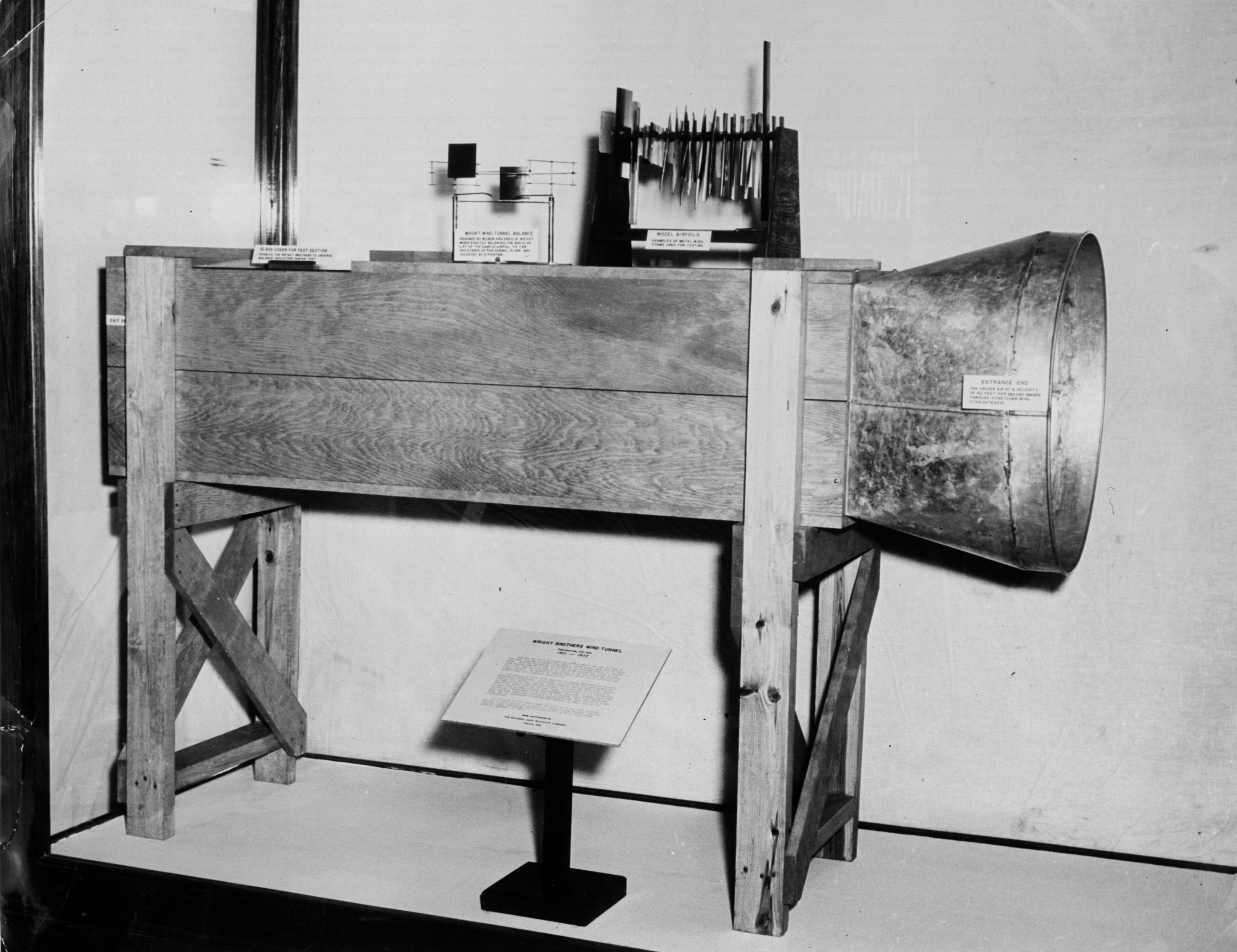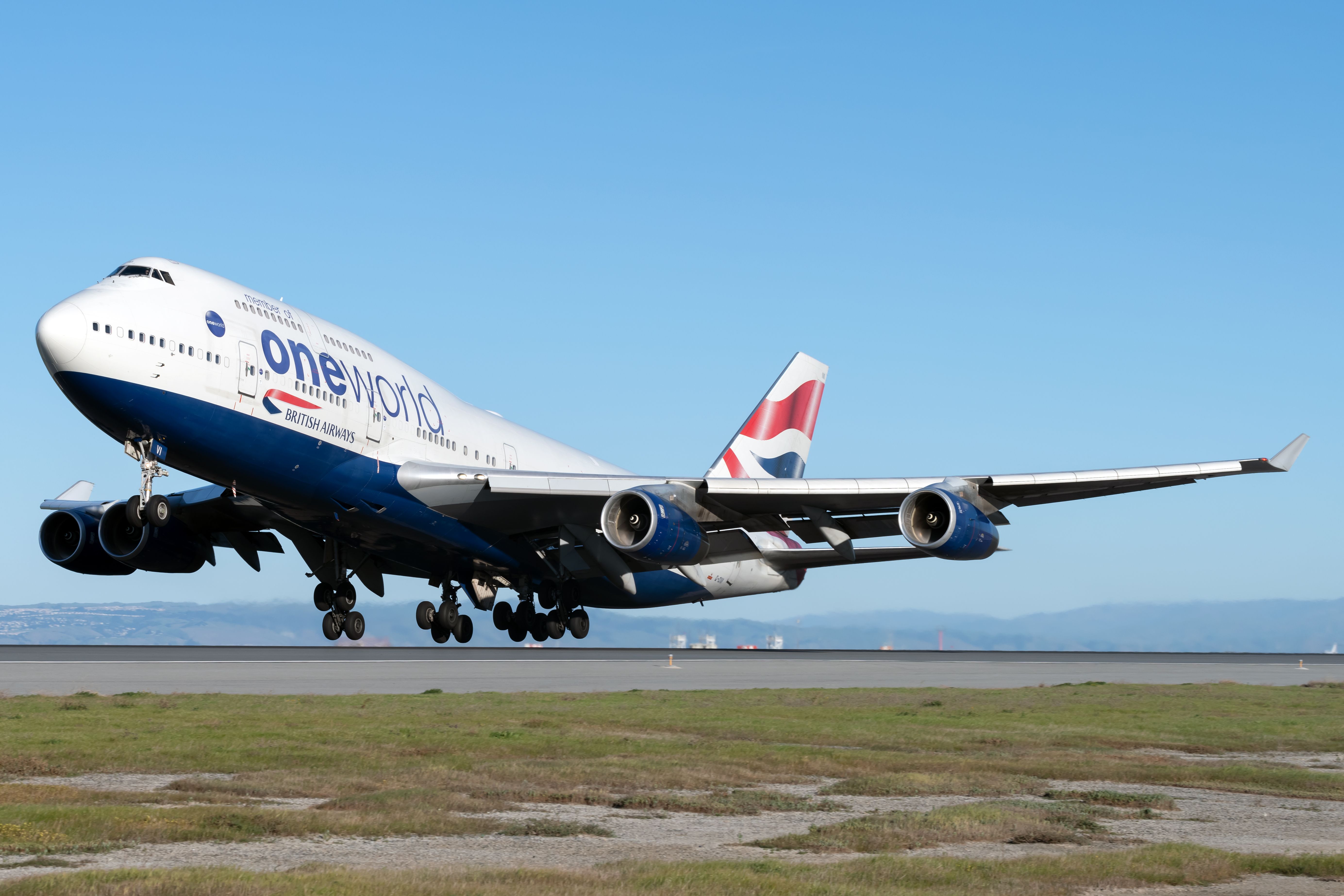Scientists and researchers studied a bird’s flight during the second and third centuries BC. The need for a wing to achieve lift was understood early on. However, the variation in the aerodynamic lift at different conditions and its relationship with air resistance was a burning question for early researchers.
The theory of air resistance developed by Issac Newton in the 18th century served as the foundation of drag incurred by a flying body. In the early part of the 18th century, many experiments were performed on air resistance, including those in early wind tunnels.
A flying body suspended in the air was exposed to multi-dimensional resistance from the fluid (air). The air resistance acted differently on the flying body and, in some instances, greatly affected the lifting capability of the flying body.
How do birds contract their wings to lose speed? How do birds perch to land on a surface? These were some of the concepts early researchers questioned to understand the relationship between lift (achieved through wings) and drag (air resistance theorized by Newton).
The modern wing
Otto Lilienthal, also known as "the flying man", was the first aviation pioneer to develop a concept of a modern wing in the 19th century.
He made repeated successful flights with gliders, carefully documenting the relationship between lift and drag. Through his lift-drag-ratio diagrams, he formally developed the concept of the drag polar, which is still used in modern aerodynamics. Lilienthal also showed that the lift-inducted drag is dominant at low speeds.
In the late 19th century, Samuel Langley, an American aviation pioneer, built a rotating arm to function like a wind tunnel. Langley collected data on sized flat plates rotating at different angles of attack.
He found that higher aspect ratio flat plates resulted in lower drag and increased lift. In other words, the lift-induced drag was less dominant on gliders with broader wings. Langley also understood the relationship between thrust and drag to create a heavier-than-air flying machine.
Meanwhile, Francis Whenham, a marine engineer from the UK, discovered that the quarter chord of the wing (from the leading edge) is where the center of the lift existed. Hence, the length of the wing chord has minimal or no effect on the lift. However, the aspect ratio of the wing significantly impacted the lift.
Wright Brothers’ research
At the onset of the 20th century, Orville and Wilbur Wright (the Wright Brothers) used Lilienthal’s tabular data to construct and fly gliders. With the data alone, they could not practically prove the concept of lift-induced drag. The Wright Brothers built a homemade wind tunnel to experiment with different wing designs.
The Wright Brothers tested over 200 airfoils designs using the weight balance function. In the wind tunnel, the wing forced the balance arm to move, which moved the drag plate. At a specific angle, the lifting and drag torque becomes equal. The two forces were used to calculate the lift-to-drag ratio at a given angle of attack.
Applied aerodynamics
The concepts of physics, theories, and experiments by aviation pioneers had set the foundation of aerodynamic principles. Today, aerodynamicists know that a large portion of the aerodynamic drag results from the airflow rolling from the higher-pressure side of the wing to the lower-pressure side, causing wingtip vortices.
Lift-induced drag is generated as a byproduct of the downwash from the vortices, which affects the aircraft’s aerodynamic efficiency. In terms of the relationship between thrust and drag, the pilots are trained to provide sufficient power to the aircraft before lifting the nose to gain altitude. Failing to do so would result in increased drag and a sudden drop in the speed.
What do you think about the discovery of lift and drag forces? Tell us in the comments section.




